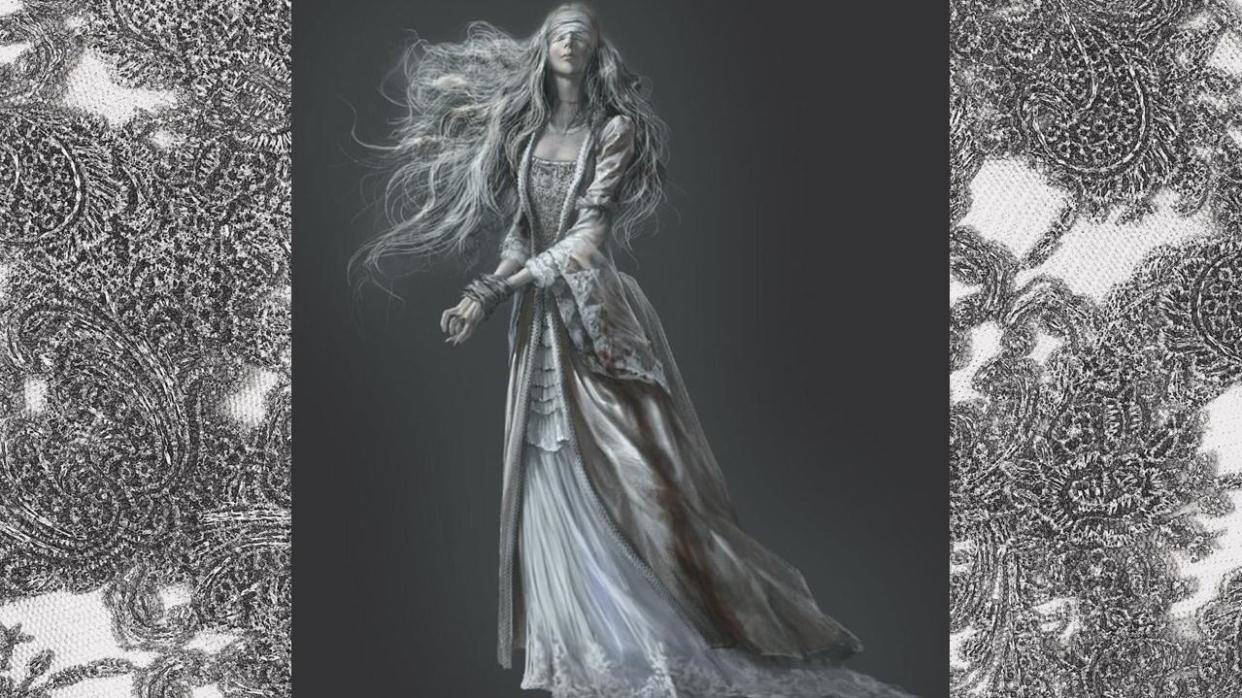These Hidden Bloodborne Enemies Are The Best Part

She’s watching me, I think. Her eyes, like her wrists, are obscured by gauze wraps, but I pickpocketed a corpse while exploring Bloodborne’s ruthless, forsaken Cainhurst Castle, and now she’s floating toward me.
She’s unhappy. I can tell from the way blood spurts from her neck like rain from a storm cloud. I’ve been an impolite visitor. So I let her scream for a second before I unfurl my trick weapon and end her—goodbye to another one of developer FromSoftware’s most impressive enemies, the Bound Widow.
Read more
Teenage Black Girl Stabbed to Death After Friend Allegedly Refused Flowers From Ex-Boyfriend
A Truck Stop Owner Claims The Parking Company He Hired Is Illegally Towing Big Rigs
These Are The Best Used Cars To Buy Instead Of The Remaining New Cars Under $20,000
Argylle trailer confirms we were totally right about its "official story" being super-suspicious
I only ever feel truly scared while playing a horror game because of this feeling, the sense that I’ve identified myself in a river of preprogrammed blood, trickling from some undead woman haunting people as aggressively as she herself is haunted.
I understand these women. I have good reason: in her 1980 book Powers of Horror, Bulgarian-French philosopher Julia Kristeva writes that patriarchy forces “the feminine” to become “synonymous with a radical evil that is to be suppressed.” FromSoftware’s Bound Widows, unmistakably soft in their dresses and snow-colored hair, bleeding from their necks and useless hands, are products of this radical evil. In the game, I’m forced to take them down. In life, I know I’m one of them.
That’s why, no matter how many times I play Bloodborne, I try to find and admire them. If I didn’t, I’d feel indicted by surrealist poet Rimbaud when he writes, “How little you care about the wretched women, and the machinations and my embarrassment.” “When I am the girl who can tie your hands—then I will stifle you.” It’s easier for me, as a woman, to cry when we’re together.
More from Kotaku
‘Dead End:’ Workers At Non-Union Auto Plant Trump Visited Say The Place Sucks
Scientists Spot Black Dust and Debris on Canister Containing Asteroid Sample
At $18,900, Is This Turbine-Powered 1976 Bradley GT A Hilariously Good Deal?
Sign up for Kotaku's Newsletter. For the latest news, Facebook, Twitter and Instagram.


